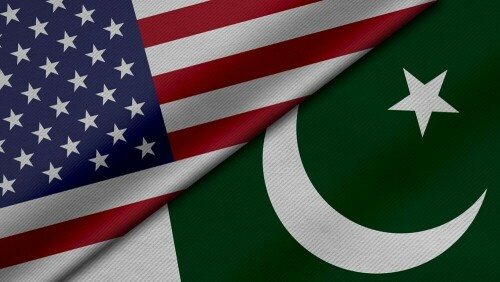Pakistani expatriates fuel the local market
Come December, and Pakistani expatriates return to their homeland, many of them ready to invest in art. Although works by Sadequain, Ismail Gulgee, and Jamil Naqsh have sold well at international auctions, expatriate buyers return to the local market for good deals and to invest in the work of newer artists.
'People are aware now more than before about the value and quality of Pakistani art. Not only do they go for established names, but also for new artists that are breaking through,' says Salima Hashmi, a Lahore-based artist, critic, and gallery owner.
Samira Raja, the proprietor of Karachi's Canvas Gallery, adds that expatriates are motivated to purchase art locally for two reasons to 'buy a work of art that reminds them of their homeland' or simply to 'make a wise investment.' The difference, she points out, is between buyers who choose works that have cultural resonance and those aiming to make a long-term profit.
Investors are attracted to Pakistani art because of its high valuations - in recent years, prices have multiplied 10 to 20 times over. According to Raja, expatriates prefer investing locally because the deals are better. Once Pakistani art is exhibited in foreign galleries, it is priced at far higher rates. For example, Sadequain's works can sell for over US $ 100,000 at international auctions while a Bonhams auction in Dubai last month valued an Ismail Gulgee piece between US $ 50,000 and US $ 70,000. Earlier this year, at Bonhams' inaugural Middle East auction, Gulgee's 'Polo Player' broke the world record for auctioned Pakistani art by selling for US $ 336,000.
Sales of Pakistani art have also been boosted by the internet. According to Hashmi, online access to local work has helped spread interest among expatriates leading to a corresponding rise in online purchasing. Popular online resources include the South Asian Visual Arts Centre, Green Cardamom, and Gandhara Art. But Hashmi explains that Pakistani expatriates often use these resources to browse their options before purchasing locally. 'I personally make recommendations to clients [about works they discover online],' she says.
A testament to the vitality of the Pakistani art market is that despite the recent downturn in the global economy, expatriates are expected to continue investing. The financial meltdown of the past few months has affected the purchasing power of customers, but interest has remained as strong as ever, says Raja.

For those thinking of investing in Pakistani art this winter, Dawn.com offers tips about what to keep in mind before buying.











































Dear visitor, the comments section is undergoing an overhaul and will return soon.